What was the modernization the Korean Empire dreamed to achieve? Deoksugung Palace where western and traditional buildings coexist tells stories of the Korean Empire that strove to protect the national sovereignty and rebuild the country.
Course Information
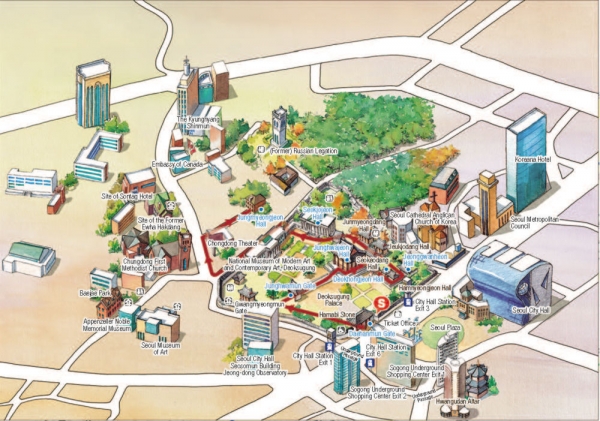

Main Tourist Attractions in Course
Daehanmun Gate
Originally, Deoksugung Palace’s main gate was the Inhwamun Gate on the Southern side. Then, the eastern side of Gyeongun Palace became the new center after construction of Hwangudan Altar. As a result, Daeanmun Gate on the eastern side became the main gate. The gate’s name changed to Daehanmun Gate in 1906 and it was located on the present place after expansion of Taepyeong-ro in 1970.
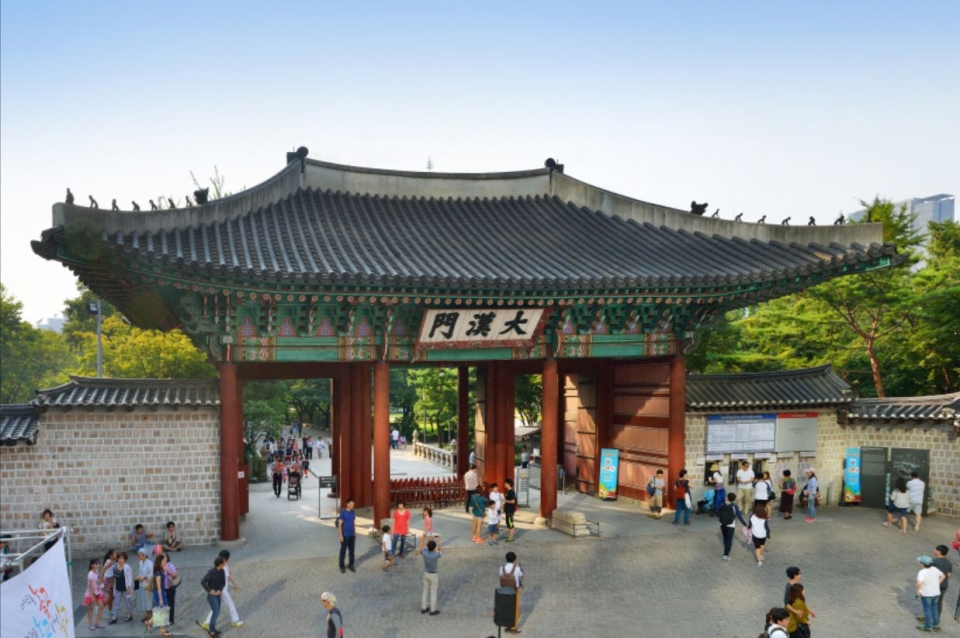
Junghwamun Gate
Junghwamun Gate is the main gate of Junghwajeon Hall constructed in 1902. The gate was built again after getting burnt down due to a great fire in 1904. Junghwamun Gate originally had Haenggak on left and right side. However, they disappeared and Haenggak remain partially on the eastern side.
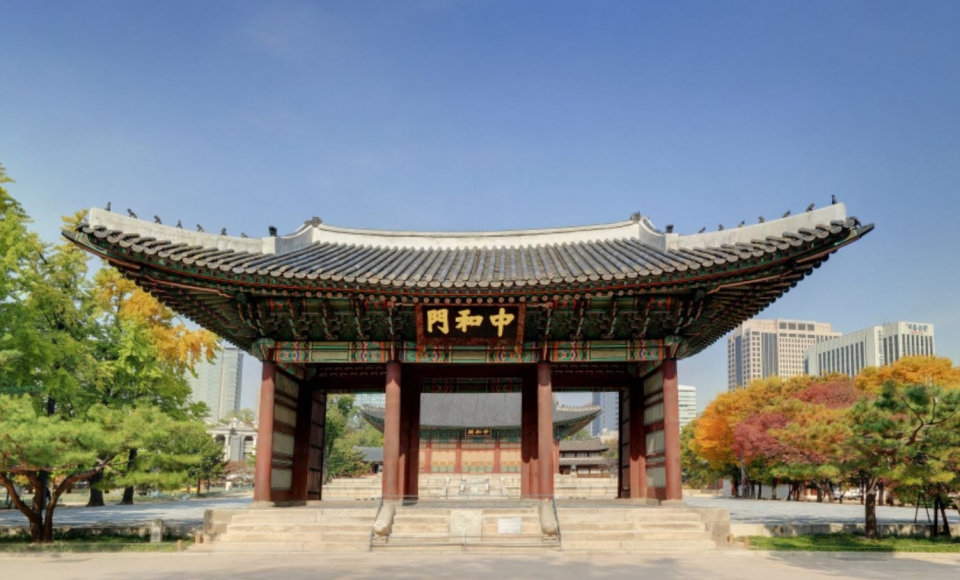
Jeonggwanheon
Jeonggwanheon is a place where portraits of kings in Joseon Dynasty were enshrined and it is estimated to be built in 1900. The building combines eastern and western styles. The roof is gambrel roof for eastern style and the building’s awning and railing are decorated in western style.
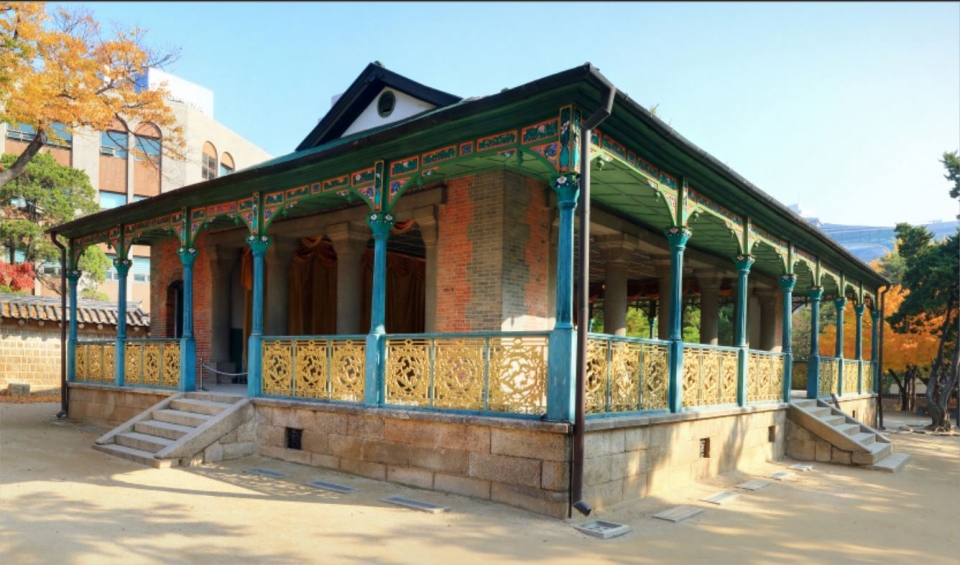
Seokjojeon Hall
Seokjojeon Hall is the representative European-style stone building among court buildings in Joseon Dynasty. It was designed by a British named ‘Harding’ and it was completed in 1910. King Gojong used Seokjojeon Hall for meeting high officials and foreign envoys. Also, Seokjojeon Hall was used as a place for exhibiting modern artworks before independence.
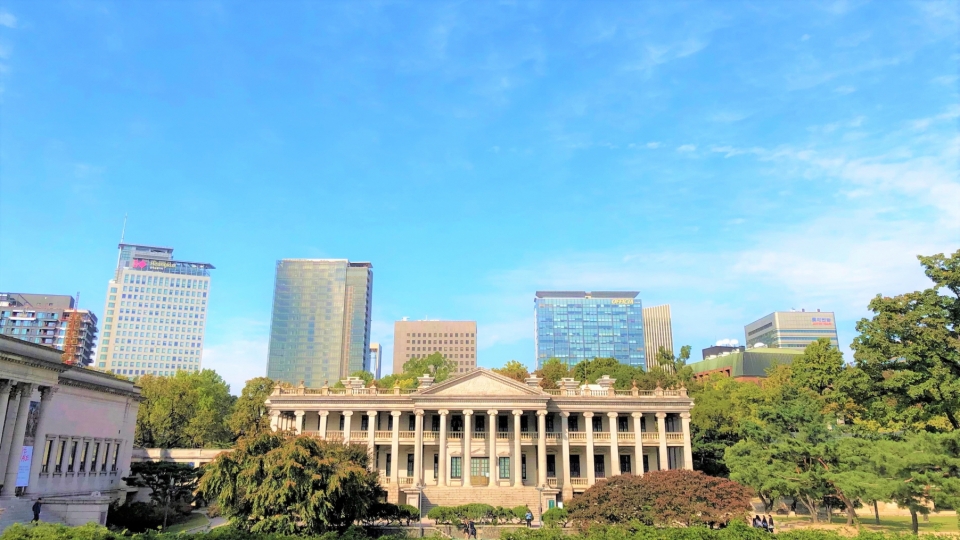
Copyright © WalkintoKorea - Your Glocal Partner. All Rights Reserved.


